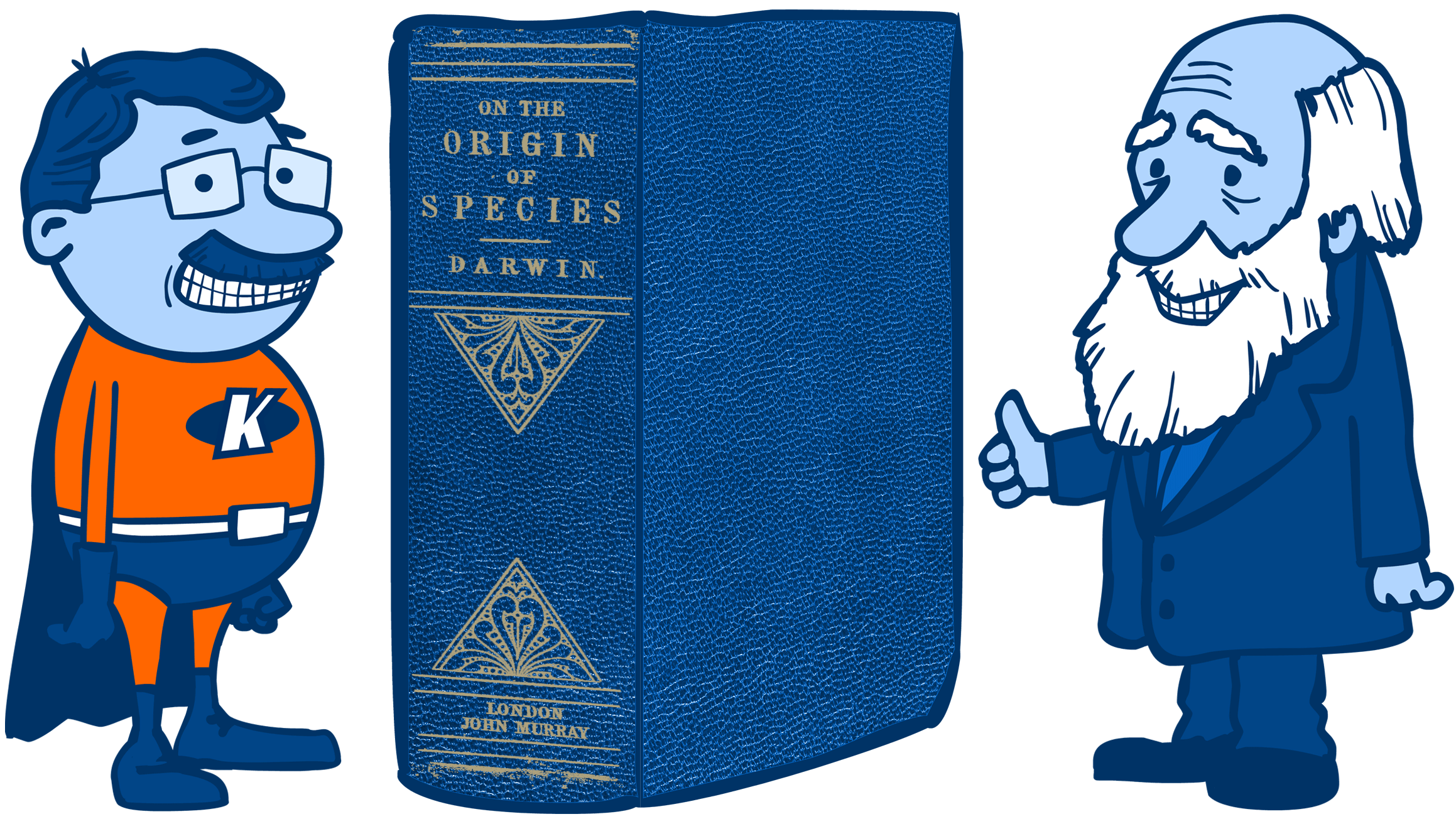Referencing
Give credit where credit is due

Academic and company reports are often peppered with references to other reports or academic papers. Referring to the work of other people where you have made use of it is both essential and fair to the other people whose efforts you may now be relying on.
- We can add to existing ideas.
- We can review existing sources in order to locate gaps in knowledge that we can then seek to fill ourselves.
- We can criticise and clarify existing ideas.
- We can take advantage of methods of measurement, classification and procedures developed and specified by others.
- We can use the ideas published by the people to support our own ideas and conclusions.
- We can combine our own conclusions with existing ideas, thereby suggesting how things can be taken further.
This will enable us to indicate why our report is relevant, important and worth reading.
- It applies to professional scientific or academic papers and books.
- It applies to project reports and proposals in organisations.
- It applies to consultancy reports.
- It applies to student assignments.
Providing a reference to the original enables the reader to check whether you have been accurate or shown bias in your version.
Often, paraphrasing is difficult, so a direct quote may br useful. By providing readers with a reference to the quote, they can judge for themselves whether you have reported the quote accurately.
Properly accrediting the originator is only fair (whilst failing to accredit implies the ideas are your own, so this would be plagiarism — intellectual theft)
Such criticism is a legitimate springboard for progress and for tackling things in a different way. But you have to be fair in your criticism and must give your reader the opportunity to cross check the original source for themselves to judge whether your criticism is valid.
As you develop ideas in the report, it is useful to identify where your ideas are supported by the work of others and where they conflict with the work of others.
If you fail to show consideration of other relevant work by others, especially to obvious works in the public domain, your reader may doubt your thoroughness and even your integrity.
There will be cases where you feel that the ideas of others may be contentious and that you want to make sure the ideas originate from elsewhere.
Trying to ascertain how many references are enough is a common and reasonable concern for authors. Ultimately, you have to use sufficient literature to support the arguments and claims being made in your written piece of work. There is also an element of quality versus quantity. For example, a selected number of references from well-respected authors or peer-reviewed journals will carry far more weight than numerous citations from websites or magazines.
An additional concern is that you have to impress the reader. Insufficient support for arguments will be rightly criticised. Conversely, including an excessive number of unnecessary and irrelevant references may also be criticised, as it may demonstrate a lack of understanding as to what referencing is for.
At the end of the day, you need to judge how many references are sufficient. If your judgment is correct, it should be acceptable to the reader. Learning to make such judgments is part of academic development and learning to write satisfactory reports.
Pin It on Pinterest